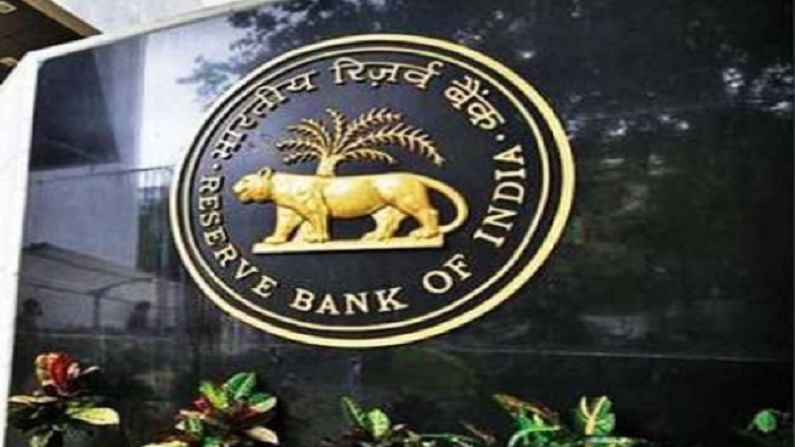RBI bouquet for Covid-19: Liquidity support, MF redemption fund and loan restructuring
On May 19, RBI Governor Shaktikanta Das urged the authorities of state-run banks to extend help fast

On May 19, during a meeting with the authorities of state-owned banks, RBI Governor Shaktikanta Das asked state-owned banks to quickly implement measures announced by the central bank recently in “right earnest”.
“He impressed upon the banks to quickly implement the measures announced by RBI recently in the right earnest. He also urged the banks to continue focusing on steps to enhance the resilience of their balance sheets,” said a spokesperson of the central bank.
According to a statement, among the points discussed in the meeting were credit flows to different sectors including to small borrowers, MSMEs, monetary policy transmission and progress in the implementation of Covid Resolution Framework.
Push in May
Earlier in May RBI had announced a slew of financial measures the eventual beneficiary of which is supposed to be the common man.
These included liquidity facility of Rs 50,000 crore, loans for the individual to access emergency medical services, push for lending to the MSME sector hit hard by the lockdowns and remote compliance of KYC norms.
Earlier measures
Earlier too, RBI adopted both conventional and unconventional monetary policy tools to help the distressed economy during the pandemic. Conventional measures included reduction in the repo rate by 115 bps and cash reserve ratio (CRR) by 100 bps.
Unconventional measures included a few measures such as extended lending or term funding operations including liquidity support through refinance and asset purchase programmes including operation twists. Other unconventional steps included forward guidance.
Dip in Repo rates
RBI slashed repo rate – the key rate that determines all the lending rates of the commercial banks – as many as 5 times in 2019 and twice in 2020. While it was 6.5% in January 2019, it was slashed to 4% in May 22, 2020 – a dip of 150 basis points in 17 months. (Repo rate is still at 4%.)
CREDAI stance
In May 2020, the association of real estate players CREDAI wrote to RBI alleging that banks were not passing the benefit of lower interest rates to those taking home loan. The body even urged Das to instruct banks to transfer the rate cuts to housing finance and non-banking finance companies so that the funds flow to the real estate sector severely impacted by the pandemic.
Despite the reduction in repo and reverse repo rates to infuse liquidity in the system, the housing and real estate sector could not derive the benefits, CREDAI had alleged.
“While RBI has reduced 2.5% in repo rates since January 2019, the maximum reduction passed on by banks to the borrowers has been between 0.7-1.3%, largely from August 2019 till date. In some cases, however, no benefit of repo rate reduction has been passed on at all,” CREDAI said in the letter.
MCLR
The rate of interest a bank offers on home, loans, auto loans and personal loans depend on MCLR (marginal cost of funds-based lending rate), which is an internal benchmark rate.
However, public sector banks have brought down MCLR more compared to the private banks, who plead that they cannot bring it down to the extent of PSBs.
“We also offer higher interest rates of the same tenure on FDs,” said an official of ICICI Bank who is not authorised to speak to the press.
Usually, the 6-month MCLA and 1-year MCLR are taken into account while fixing lending rates of retail loans.
PSBs
The RBI database shows that while overnight MCLR rates for public sector banks range between 6.55% and 7.05% the range for private banks is 6.35% to 8.36%.
The 6-month and 1-year MCLR for ICICI Bank stand at 7.25% and 7.30%, while that of HDFC stand at 7.05% and 7.20% respectively. Kotak Mahindra has 7.25% on both tenures. The same rates for Axis Bank are 7.35% and 7.40% while those for SBI are clearly lower – 6.95% and 7%.
Unconventional steps
The unconventional steps were mentioned in a recent paper by the RBI.
The central bank began long term repo operations (LTROs) in February 2020 to facilitate monetary policy transmission and support credit offtake. “Under the scheme, the Reserve Bank provided long-term liquidity to banks at the erstwhile policy repo rate (5.15 per cent) – a rate lower than the prevailing market rates as well as banks’ own deposit cost – to lower their cost of funds,” said the paper.
To ease liquidity stress of all India financial institutions and meet credit needs, special refinance facilities were provided at repo rate for a total amount of Rs 60,000 crore to National Bank for Agriculture and Rural Development (NABARD), Small Industries Development Bank of India (SIDBI) and National Housing Bank (NHB).
Mutual funds
After closure of some debt funds, RBI introduced a liquidity facility of Rs 50,000 crore to ease redemption pressure of mutual funds. However, total utilisation of this fund amounted to a mere Rs 2,430 crore.
After the outbreak of the pandemic and its crippling effect on the economy, RBI also began to put forward guidance prominently in its communication strategy to assure corporate India of the accommodative stance of the monetary policy committee. The central bank repeatedly said that the policy would be accommodative to support revival on durable basis while ensuring inflation remains within the target 4% (+/- 2%).
This step was designed to instil confidence among the companies.